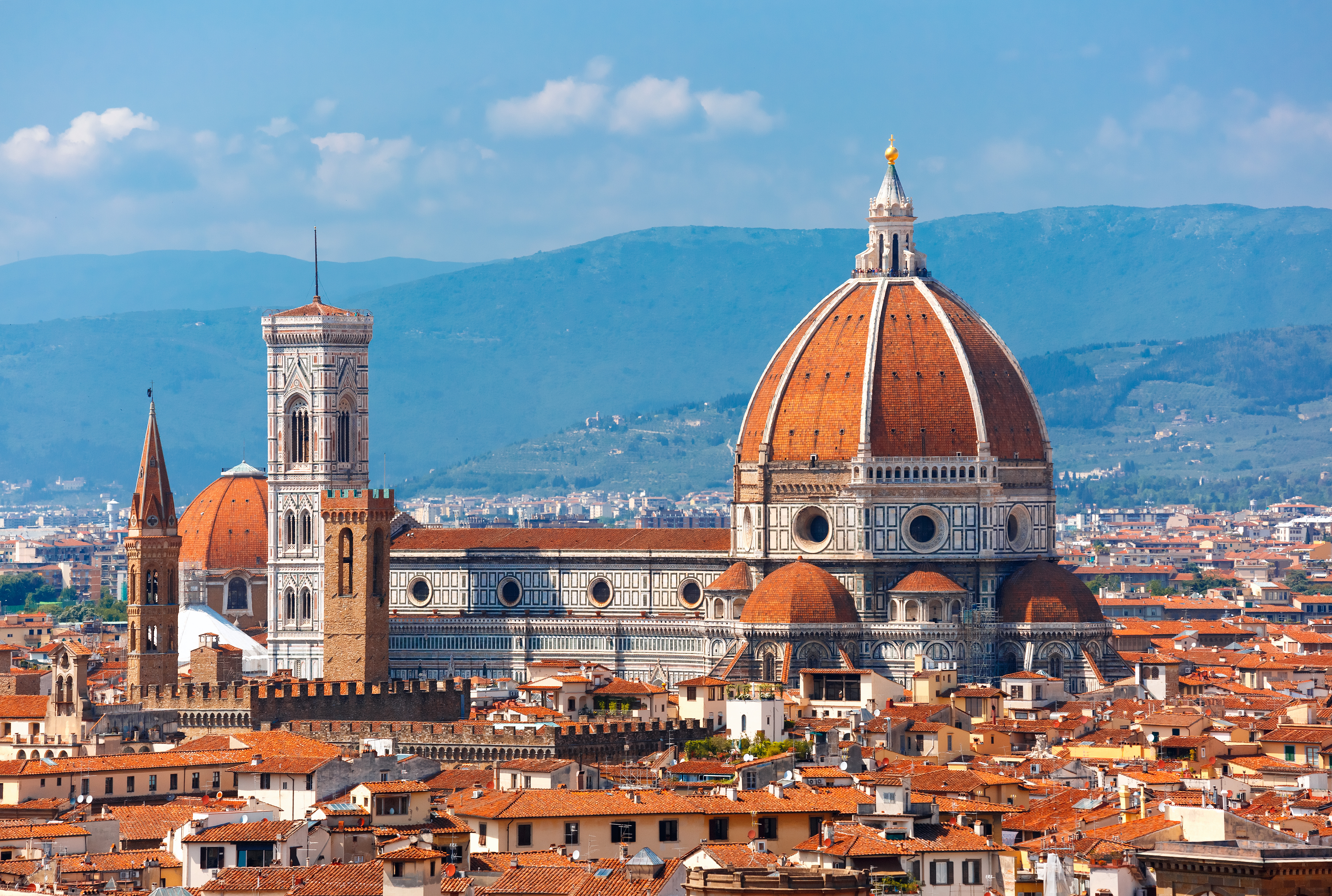Dome is a curved roof erected on a circular base, much like a bowl turned upside down. The earliest domes covered primitive huts and were made of brick or stone. The ancient Romans used domes to top such circular temples as the Pantheon in Rome. The Pantheon has one of the largest masonry domes ever built, with a height and a diameter of 142 feet (43 meters).
In the early A.D. 500’s, the invention of pendentives, curved triangular supports, allowed architects to place domes over square buildings. Previously, builders could only construct domes on round buildings. One of the first large buildings to use pendentives was the church of Hagia Sophia in Constantinople (now Istanbul), completed in 537.

Renaissance domes, such as those atop St. Peter’s Basilica in Rome and the Cathedral of Florence, are generally taller than earlier domes. The dome on St. Peter’s provided the model for the dome on the United States Capitol and many others. Most mosques and Muslim tombs have domed roofs. The Taj Mahal in Agra, India, is a particularly beautiful example. Architects today have used huge domes to cover stadiums such as the Astrodome in Houston and the Mercedes-Benz Superdome in New Orleans.

